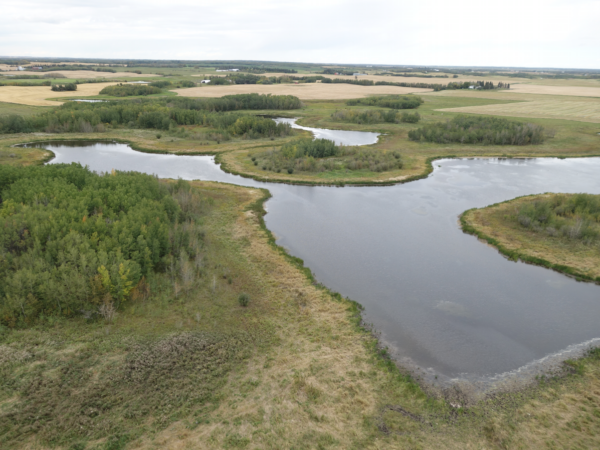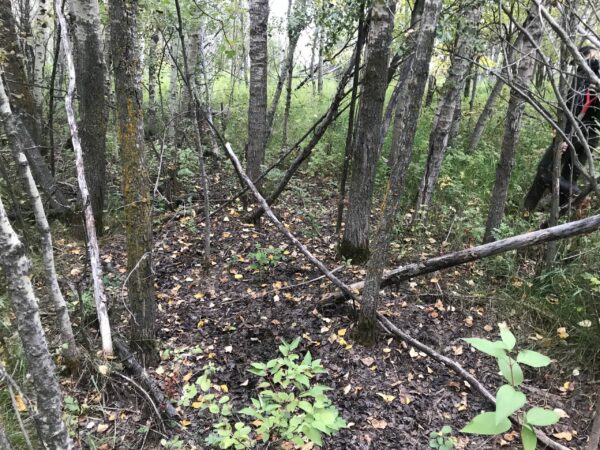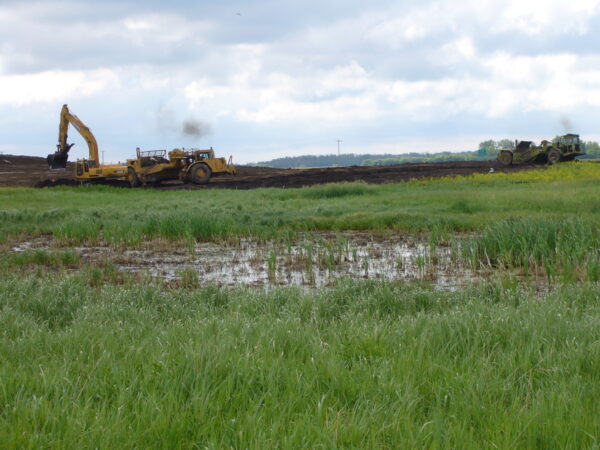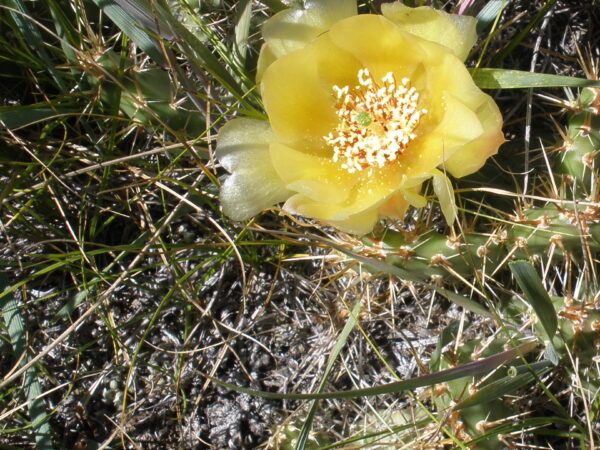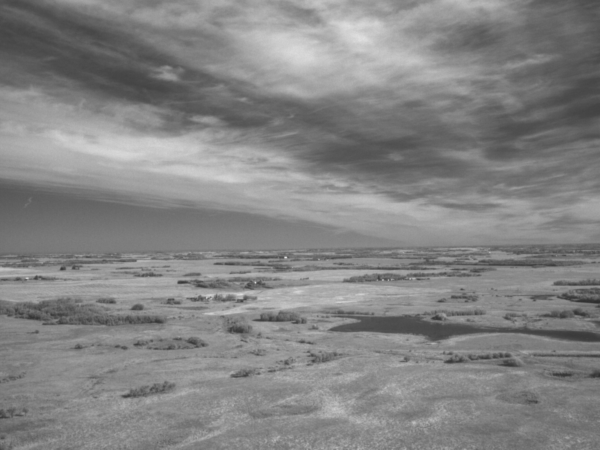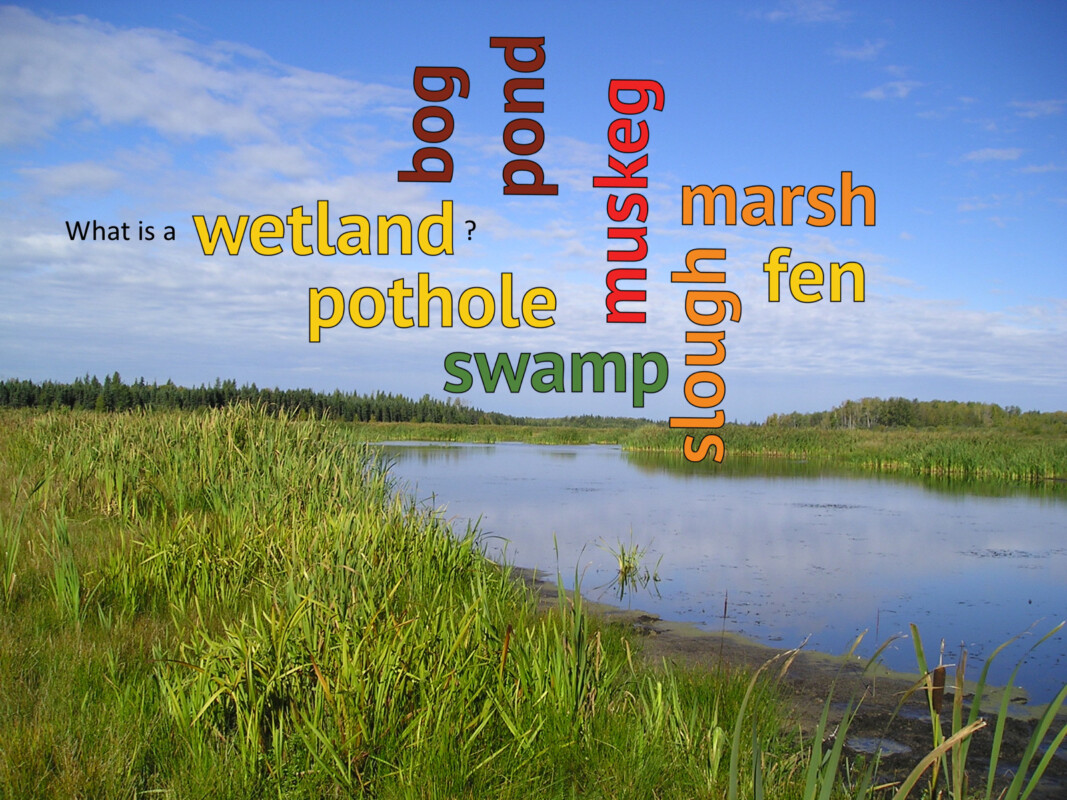
I have a confession– last month, when I said that swamps are my favorite kind of wetland, I lied. It’s marshes – my favorite kind of wetlands are marshes – always has been, always will be! Next up in Fiera’s Know Your Wetlands blog series all about wetlands – the wonderful diversity of marsh wetlands in Alberta.
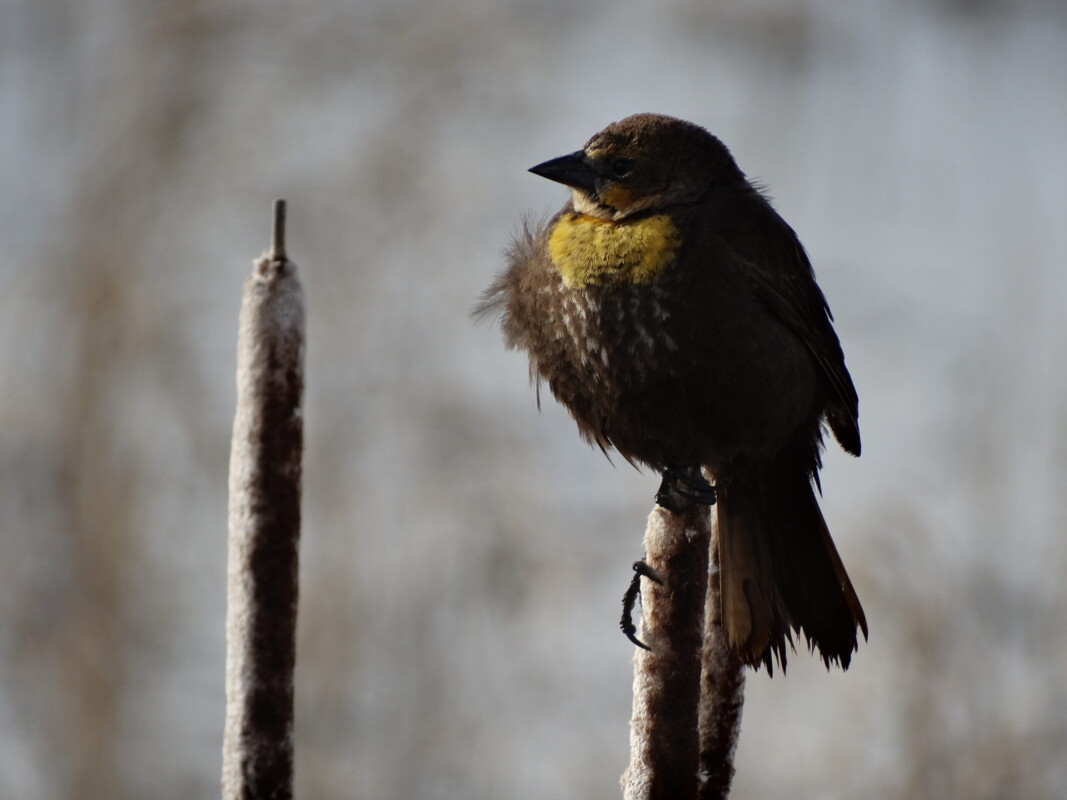
Marshes differ from all other wetlands in the province due to abundance of herbaceous plants (rather than woody plants like trees or shrubs) and their mineral soils (not organic soils like peat). Marsh wetlands come in different types based on how salty (or not salty) their water is, and how reliably surface water is present. For example, “temporary marsh wetlands” contain enough water to get your feet wet only for a short period of the growing season, such as only in the spring and maybe after heavy rain events; whereas “permanent marsh wetlands” are good places to fill your boots at any time during the growing season.
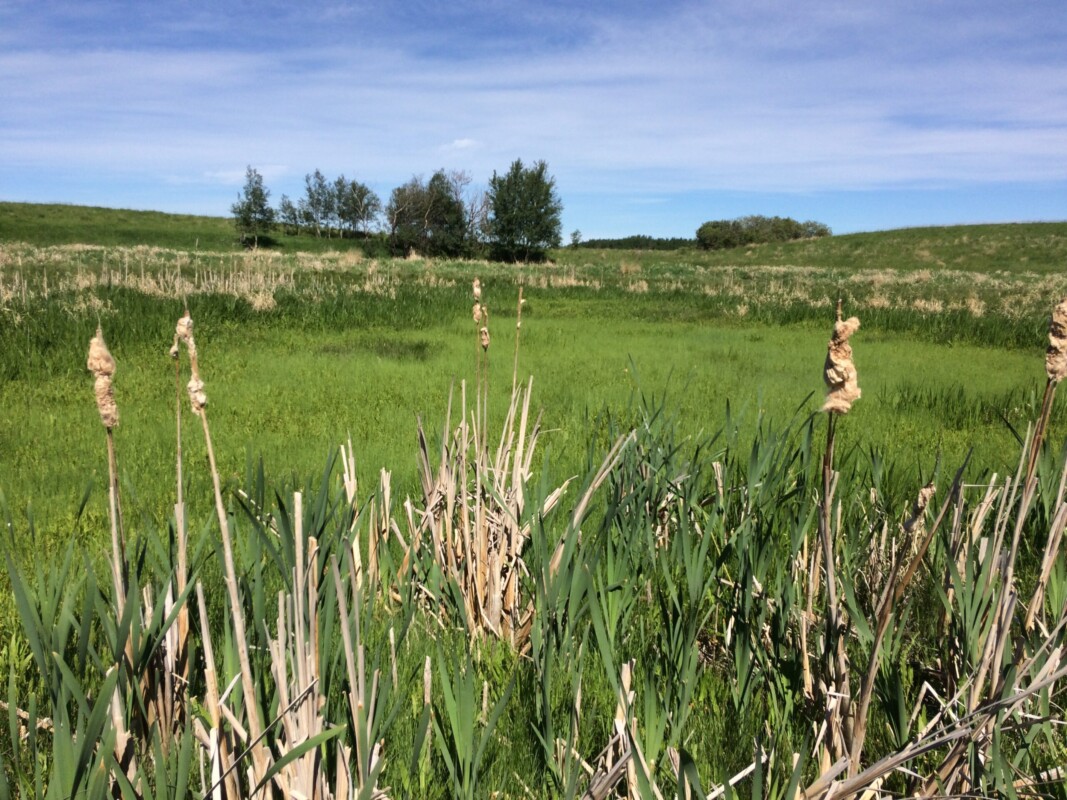
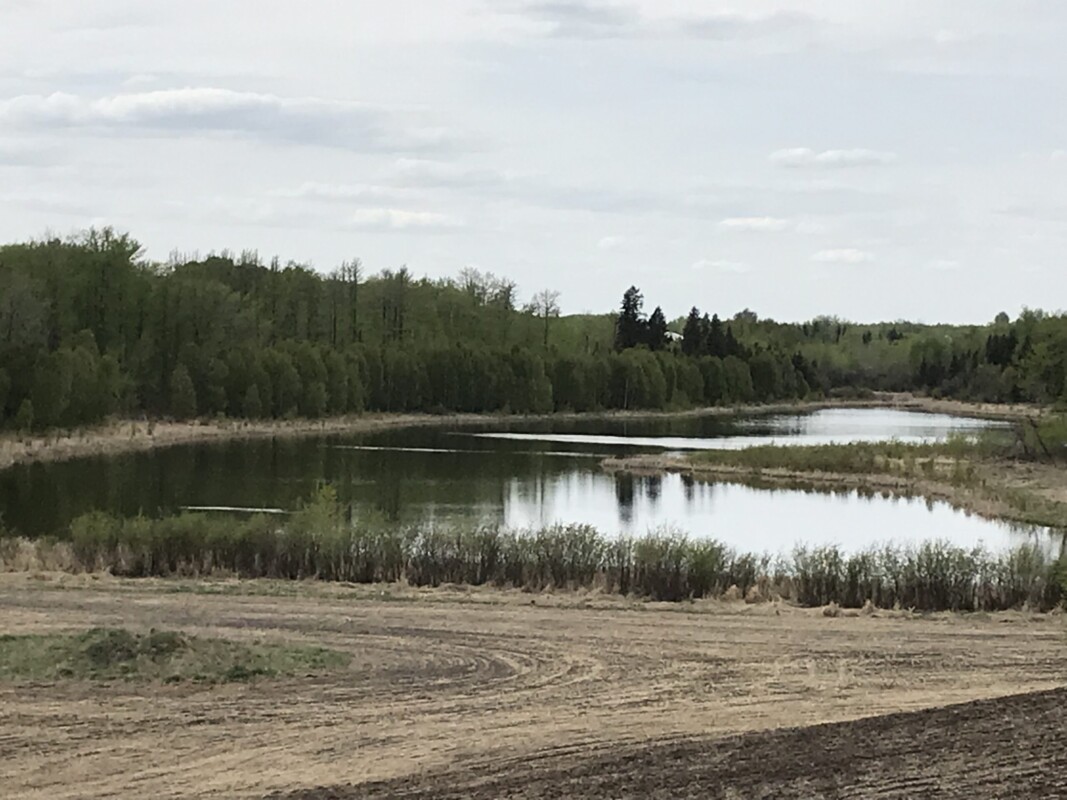
Marshes are the dominant wetland form in and around Edmonton; often seen in agricultural fields.
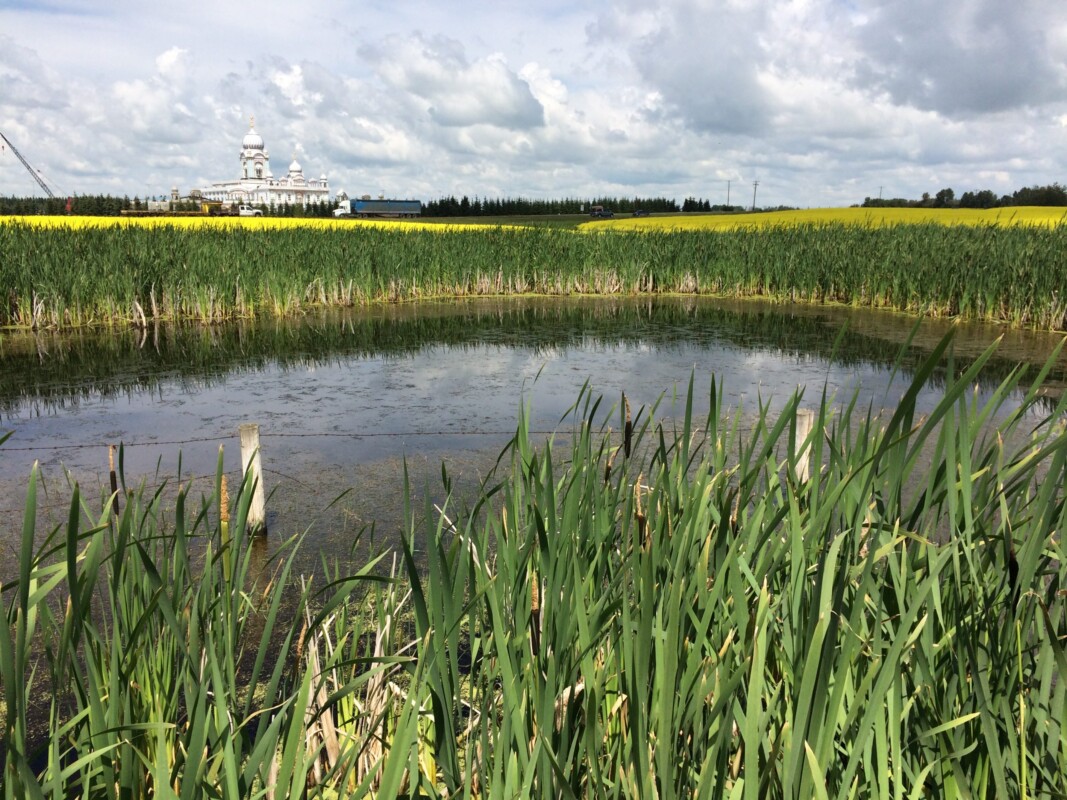
As a result of conflict with agricultural activities, marsh wetlands are often impacted, drained, and otherwise altered and are often not in their best or most “natural” condition.
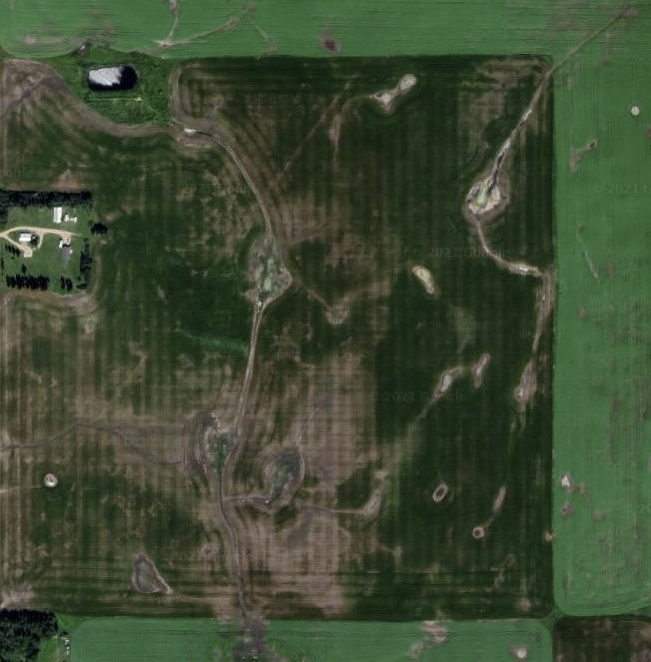
Marsh wetlands in good condition are a thing of beauty and support a remarkable level of biodiversity, including rare plants, many species of waterfowl, frogs, snakes, and water invertebrates. Pay a bit more attention to the surrounding landscape on your next summer road trip outside of the City, and I guarantee you’ll catch a glimpse of some marsh wetlands and the species they support.
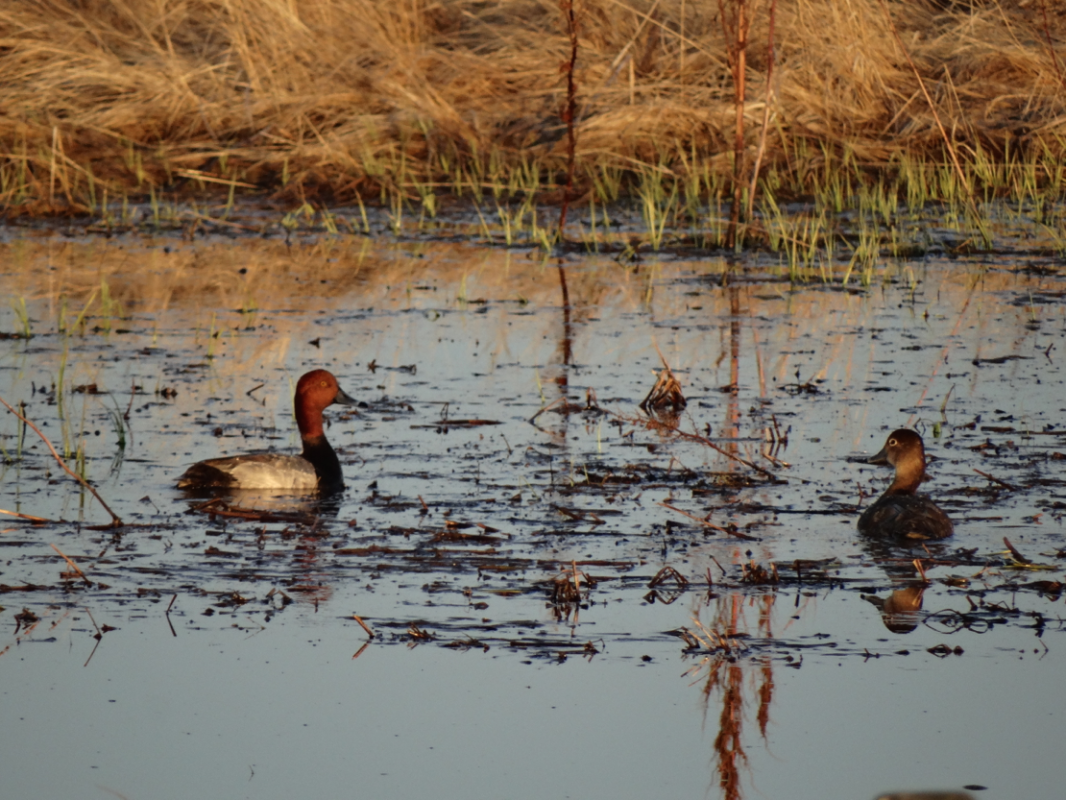
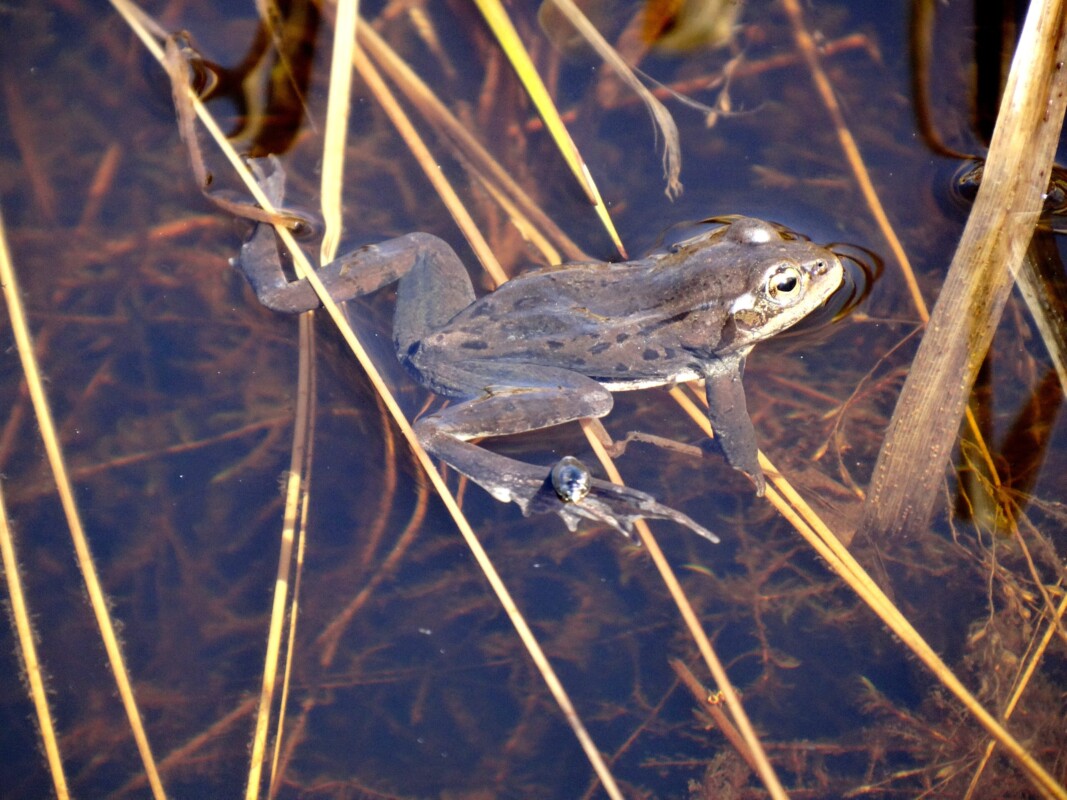
DID YOU KNOW – MARSHES
- Edmonton and much of the landscape south east of Edmonton is considered part of the Prairie Pothole Region. This area is defined by millions of ‘pothole’ marsh wetlands that formed from the retreat of glaciers during the last ice age.
- Wetland loss in Canada is cited at close to 85%, primarily due to agricultural expansion. Most of these wetlands lost are marshes.
- Familiar plants of marsh wetlands include cattails, bulrushes, and sedges.
- Wetlands provide a wide range of ecosystem services including flood and drought mitigation, urban cooling, surface water filtration, and much more.
